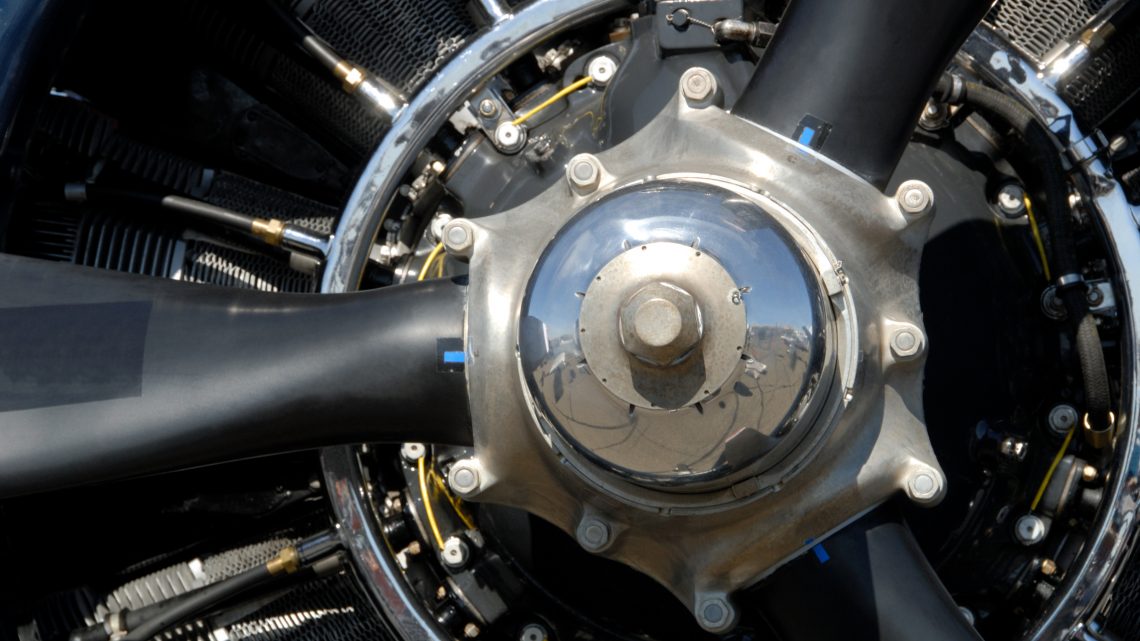During my teens I worked for my grandfather, who was a heating/air-conditioning contractor. It didn’t take long to learn the most efficient way to get units installed: making every installation as similar to the others as possible. However, since most of our work was for existing homes, and every home was different, our system had to be somewhat flexible.
At college I worked in a hospital kitchen washing pots and pans. I found that a good system enabled me to get the job done quicker, better and more impressively to the boss. When we moved to a new kitchen and my station was exactly backward, I quit. My system did not work in the new setting. Plus I could make more money at another job I was offered.
Beginning with the Industrial Revolution of the 19th century, Western society became driven by machinery and the technologies that subsequently developed. Machinery did the same things repeatedly—precisely and quickly. The parts turned out interchangeable and uniform so that today every red Chevy Malibu is pretty much like every other red Chevy Malibu.
There are also systems in the church—accounting systems, membership tracking systems, even the policy book largely describes a system. Our public evangelism operates systematically. All of this is important, and yet the church itself is not a machine. The parts are not interchangeable; they are not precisely made and usually not with efficiency. Different parts of the church develop differently. That no two churches are the same is a pastoral truism.
When Jesus said, “I will build My church” in Matthew 16, when Peter describes the church as being built with “living stones” in 1 Peter 2, or when Paul describes the church as a bride in Ephesians 5, they were not thinking in terms of machines. The church is much more of a movement.
In a movement you have much less uniformity, even as you have unity. With machinery you have uniformity but not real unity. In a dealer’s row of New Holland tractors, you have a great deal of uniformity, but they can hardly be described as being united.
In a movement you have room for creative thinking, a multitude of methods, and a myriad ways of appearing. In a movement you will have disagreements, even big ones. You might even have disagreements among major leaders (see Acts 15:36-41). A machine is precise and pretty even. A movement can be messy at times. Yet God, who could have created a machine, chose to birth a movement.
So how do we deal with that—whether someone differs with you on something trivial or something enormous? What if between two or more of us it is a matter of principal, backing down from which would be serious compromise? Consider these words of Ellen White: “It is the work of true education to develop this power, to train the youth to be thinkers, and not mere reflectors of other men’s thought” (Education, p. 17). She also makes this statement in Manuscript release #11 (1892, paragraph 1): “…We cannot then take a position that the unity of the church consists of viewing every text of Scripture in the very same light.” All of that is movement language, not the linguistics of machinery.
Humans and God-created organizations are infinite in their possibilities. With amazing variety as part of the movement, there will result natural and heartfelt differences. Can we treasure our differences, and still love each other? Still work side-by-side? Still treat each other as the brothers and sisters we are, and avoid the mission-poisoning vitriol that comes when we forget that?
So my friends, welcome to this church—this movement. Sometimes messy, sometimes glorious, often united but never uniform. There will be tension, but the “Spirit of Christlike forbearance.” (see manuscript quoted above) will perfect the unity. I love the Lord of the church—and the church of the Lord. I hope you do too.








